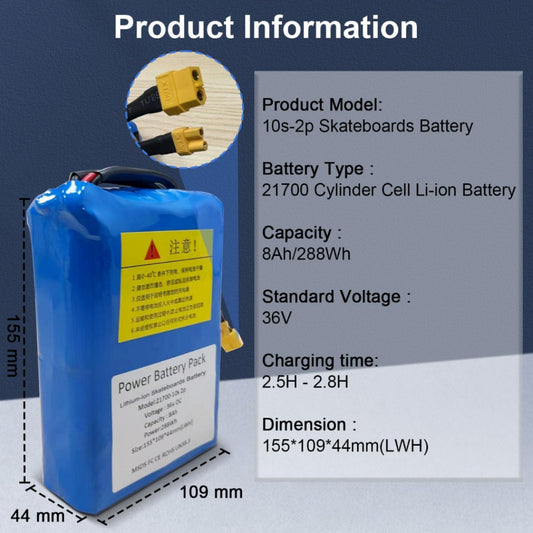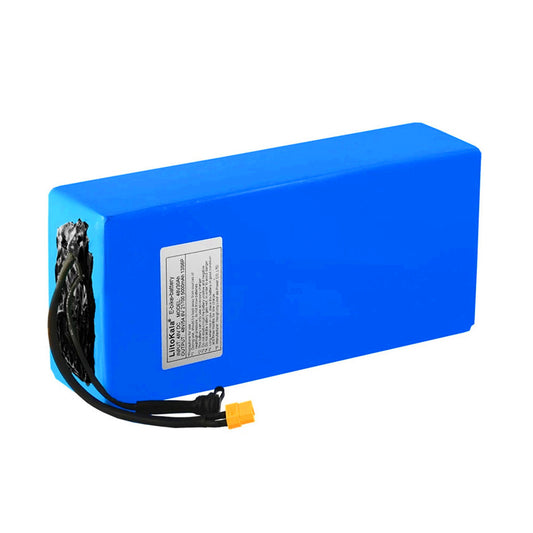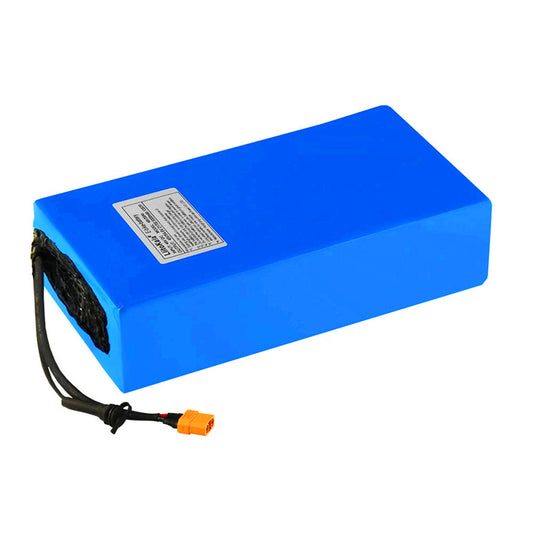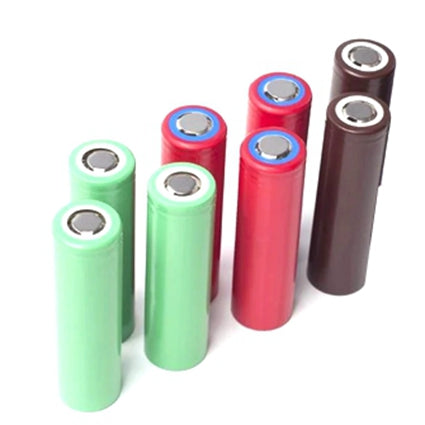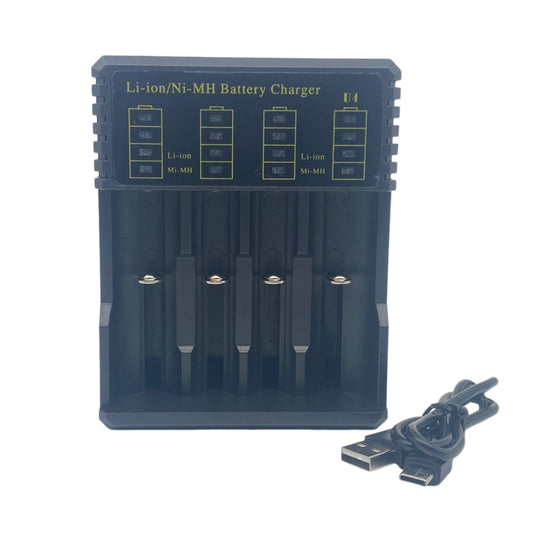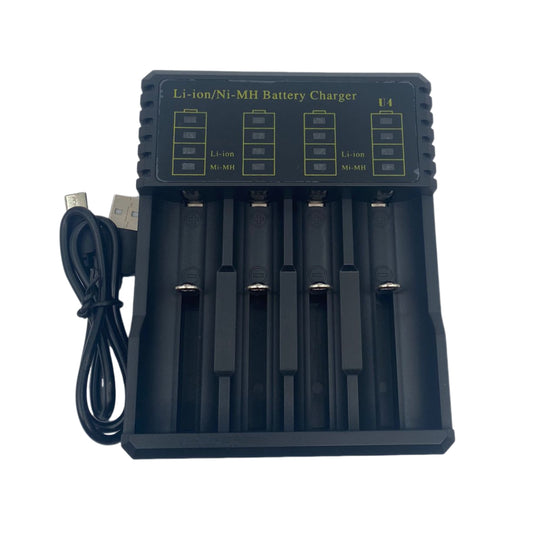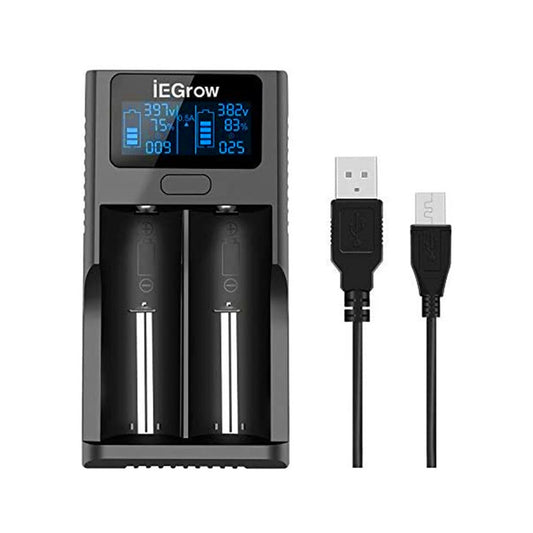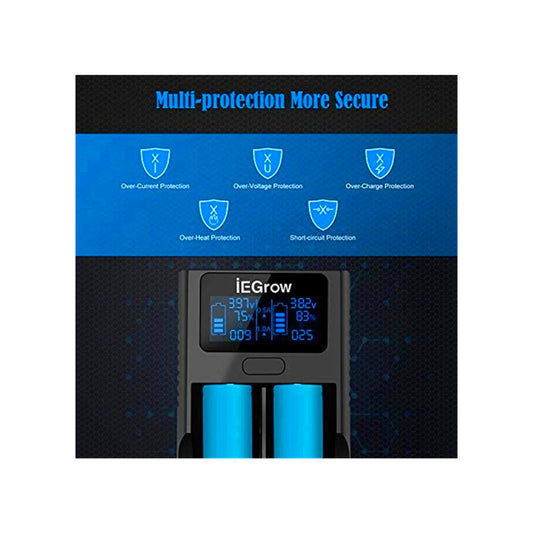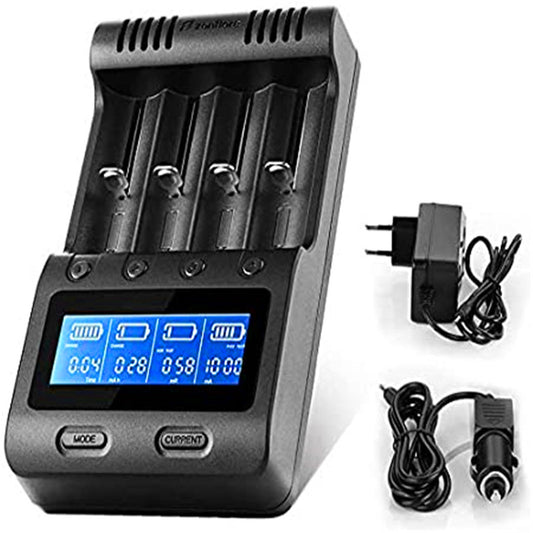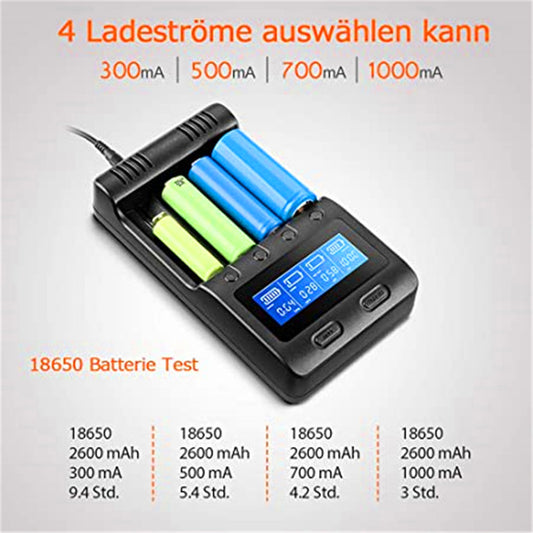LiFePO4 batteries can last 10–15 years with proper care. But what influences LiFePO4 Batteries lifespan, and how can you make the most of it? In this guide, you’ll learn these knowledge and know why LFP batteries excel over traditional lithium options. Let's get started.
Understanding LiFePO4 Battery Life
LiFePO4 batteries can offer up to 4,000 charge cycles or more, lasting around 10–15 years. One charge cycle means the battery is fully charged and then discharged once. In practical terms, this means Lithium Iron Phosphate batteries can go through 2,000–4,000 complete charge cycles before their capacity drops to 80% of the original level.
Factors Influencing LiFePO4 Battery Lifespan
LiFePO4 batteries are built for durability, but several factors can impact their lifespan. Here’s what to keep in mind:
Usage Cycles
Each full charge and discharge cycle contributes to wear, so moderate usage can help extend LiFePO4 batteries lifespan. Partial cycles, like recharging from 50% to 100%, are gentler on the LFP battery than constant full discharges.
Temperature Sensitivity
Ideal performance occurs between 32°F (0℃) and 113°F (45℃). Exposing the LiFePO4 battery to temperatures over 140°F or below freezing regularly can reduce capacity by as much as 20–30%, shortening overall life.
Depth of Discharge (DoD)
Discharging the battery to around 80% or less (instead of fully) can add several years of use. In fact, shallower discharges can increase cycle life by up to 50%.
Battery Management System (BMS)
A quality BMS balances cells, prevents overcharging, and regulates voltage. This system can extend the Lithium Iron Phosphate battery’s longevity by several years, as unbalanced cells lead to faster degradation. Investing in a battery with a robust BMS is essential for longevity.
Charging Rate
Charging too quickly can strain LiFePO4 batteries. Using a moderate charge rate (typically 0.5–1C, where “C” is the battery capacity) is ideal, as faster rates increase internal heat, potentially cutting the cycle life by up to 15%.
Storage Conditions
Storing the LiFePO4 battery at 40–60% charge in a cool, dry place (around 50–68°F, that is 10-20℃) helps preserve capacity when not in use. Long-term storage at full charge can reduce lifespan by 10% or more over time.

Best Practices to Extend LiFePO4 Battery Lifespan
To maximize the life of your LiFePO4 battery, following a few best practices can make a significant difference:
Maintain Moderate Charge Levels
Keep the battery within a charge range of 20–80% for daily use. Avoiding full charges and discharges can add thousands of cycles over the battery’s life, extending it by several years.
Use a Compatible Charger
Choose a LiFePO4 battery charger that’s specifically designed for LiFePO4 batteries. Using the correct voltage and charge rate (generally between 0.5–1C) helps prevent overheating and reduces strain on the battery, preserving cycle life.
Avoid Extreme Temperatures
Whenever possible, store and use the LFP battery in moderate temperatures. For example, try to keep it between 32°F and 113°F, with storage ideally around 50–68°F. High or low temperatures increase internal resistance, which can degrade battery health quickly.
Shallow Discharges
Frequent shallow discharges—using only 20–30% of the Lithium Iron Phosphate battery’s capacity—are easier on the battery than deep discharges, helping maintain capacity and cycle life.
Store at Partial Charge
For longer storage periods, charge the LiFePO4 battery to 40–60%, as storing it fully charged can lead to capacity loss over time. Aim for a cool, dry location to reduce the risk of degradation from temperature changes.
Monitor with BMS
If your LFP battery has a Battery Management System (BMS), make use of it by regularly checking performance and cell balance. A quality BMS not only protects the battery but also optimizes performance, balancing cells and extending life.

LiFePO4 Batteries VS. Lithium-Ion Batteries: Which is Better?
LiFePO4 and lithium-ion batteries are both ideal for applications like solar setups, RVs, and backup power. However, they have unique strengths that impact performance and cost. It may trouble you making choice between them.
Lifespan
LiFePO4 batteries generally last longer, with 2,000–4,000 cycles compared to 500–1,000 cycles for typical lithium-ion batteries. This longevity translates to about 10–15 years for LiFePO4, often doubling the lifespan of standard lithium-ion options.
Safety
LiFePO4 batteries have a stable chemical structure, which makes them highly resistant to overheating, combustion, or thermal runaway, even when punctured. In contrast, traditional lithium-ion batteries, while powerful, have a higher risk of overheating or catching fire due to their more volatile chemistry.
Temperature Performance
LiFePO4 batteries operate well from 32°F to 113°F, retaining up to 90% capacity in these conditions. Lithium-ion batteries, however, can lose 20–30% capacity in extreme colds, limiting their reliability in outdoor or cold-weather uses.
Energy Density
LiFePO4 batteries typically have a lower energy density, around 90–120 Wh/kg, compared to 150–200 Wh/kg for lithium-ion. This makes lithium-ion better for weight-sensitive devices, while LiFePO4 is ideal where bulk isn’t an issue. This difference means that, for the same voltage and capacity—such as a 24V 100Ah lithium battery—the LiFePO4 battery could weigh about 25–30% more than its lithium-ion counterpart.
Cost Efficiency
Although LiFePO4 batteries have higher upfront costs, their long cycle life—up to 4,000 cycles—makes them more cost-effective over time, with a lower cost per cycle than lithium-ion, which usually lasts 500–1,000 cycles.
Which Battery is Right for Me?
All in all, for long lifespan, safety, and stable performance in varied temperatures, LiFePO4 batteries are generally the better choice for stationary and heavy-use applications. For compact, high-energy needs like mobile devices, lithium-ion may be more practical.
Conclusion
In summary, LiFePO4 batteries offer unmatched durability and safety for long-term, high-use applications, while lithium-ion batteries suit compact, energy-dense needs. For reliable power in your RV, solar system, or backup setup, consider investing in a LiFePO4 battery and lithium batteries for sale from BatteryInt to get the most from your energy storage solution.
FAQs about LiFePO4 Battery Lifespan
Can LiFePO4 batteries realistically last 20 years?
LiFePO4 batteries have the possibility to last the last 20 years with light, controlled usage and optimal maintenance. This lifespan is achievable when cycling the battery moderately (e.g., shallow discharges) and storing it in stable temperature conditions, ideally between 50°F and 68°F.
How well do LiFePO4 batteries hold up in storage?
LiFePO4 batteries have a low self-discharge rate, losing only about 2–3% of their charge per month when unused, which means they can be stored for extended periods without significant degradation. However, storing them at a 40–60% charge level in a cool, dry place (around 50°F–68°F) is ideal, as long-term storage at full charge can reduce capacity by up to 10% over time.
How does LiFePO4 performance hold up in colder climates?
In cold temperatures, LiFePO4 batteries outperform traditional lithium-ion by retaining a higher percentage of capacity. However, below freezing, performance can decline by about 10–20%, so warming the battery before heavy use is recommended.
Read More:
AGM Battery VS. Lead Acid: Which One Is Right for You?
How to Charge an RV Battery: 6 Methods for Safety & Efficiency
Lithium vs Alkaline Batteries: What’s Right for You?



